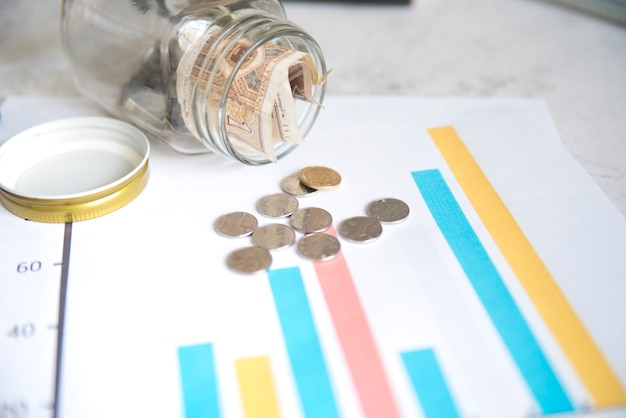Ever wondered why the rich seem to love investing in hedge funds, venture capital, venture debt, private equity, and specialty funds? Despite these funds often underperforming the S&P 500, they still attract billions of dollars each year. Some of these funds are considered alternative assets, which are less efficiently priced than traditional securities, offering a chance to exploit market inefficiencies.
I’ve been investing in these types of funds since 1999, and I’ve noticed that my reasons for doing so have evolved over time. Let’s break it down by age range.
In your 20s, you might be drawn to active funds out of curiosity, naivety, or simply because you have access. I remember investing in a hedge fund called Andor Capital in 1999 through my 401(k) at Goldman Sachs. Despite the higher fees, I was excited to be part of something exclusive. Andor Capital performed well during the 2000 and 2001 Dotcom bubble bust, which left me with a positive impression of hedge funds.
In your 30s, your dreams and aspirations might lead you to active funds. As you accumulate wealth, you start dreaming of becoming really rich. You hear stories of fund managers making huge returns, and you realize that those who get extraordinarily wealthy in a short period of time didn’t do so by investing in index funds. They made concentrated bets. So, you might be inclined to follow their lead with some of your capital. However, after a decade of active investing, you might start to see significant gains and losses. For most people, their active investments will underperform the S&P 500 or other passive index benchmarks. But for those who’ve experienced more wins than losses, the enthusiasm for active investing will continue.
In your 40s and beyond, you might turn to active funds for security and capital preservation. After potentially twenty years of active investing, you’ll likely realize that there’s a high chance your active investments will underperform passive index investments. But with more experience, wealth, and wisdom, you’ll have a better idea of where to allocate your private capital. You might also have better access to historically better-performing funds. At this stage, you might appreciate a fund manager dedicating their profession to looking after your capital. You might prioritize peace of mind over returns.
Investing in active funds also allows you to hedge and diversify against financial catastrophe. As you get wealthier, you might shift into capital preservation mode. But we all continue to play the game due to the desire for more. At the very least, we want to keep up with inflation. Diversifying your investments, including investing in active funds, is one way to protect yourself from big losses.
Let’s say you have $10 million in investable assets, the threshold where most believe generational wealth begins. Let’s also assume your household spends $300,000 a year after-tax, and your household has no active income. Based on long-term capital gains tax rates, earning a 5% return each year is enough to cover your household’s entire annual living expenses. Therefore, there’s no need to invest the majority of the $10 million in the S&P 500, to hopefully earn the historical average return of 10%.
Instead, you might divide the $10 million into 40% real estate, 30% into public equities, 20% into active funds, and 10% into risk-free investments. This investment asset allocation could generate 5% a year with low volatility. Diversifying your risk exposure by investing in actively-run funds provides both protection and hope.
After writing on Financial Samurai since 2009, I’ve noticed there are two levels of rich. The moderately rich have a net worth of $1 – $10 million. Then there are the really rich people, all of whom didn’t get rich by investing in passive index funds. Instead, they invested in active funds and built businesses.
One Thursday in May, I took my three-and-a-half-year-old daughter to the San Francisco Zoo. As I put my left arm around her shoulder to ensure that she was safe, I felt love and tranquility. At that moment in time, I wasn’t focused on writing or worrying about my investments. All I thought about was how lucky I am to be here with her on a weekday afternoon. The feelings of peace, love, and tranquility are priceless. They dwarf the feeling of making a higher rate of return on some investment. Given these feelings are priceless, I don’t mind paying active management fees to people I trust who might better protect my money.
As you get wealthier, you may also be more willing to pay for greater peace of mind as well.
